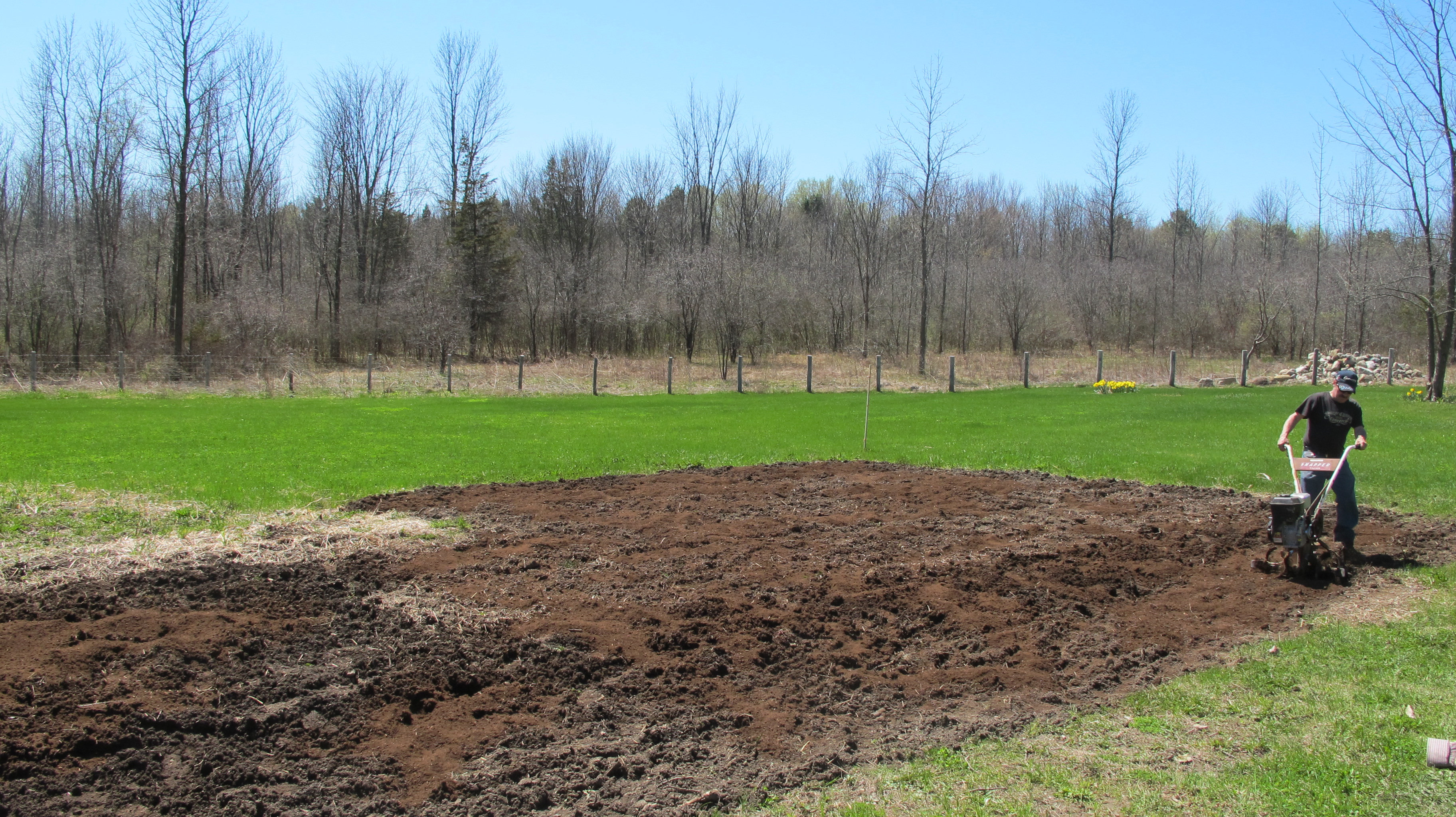On this technicolor Tuesday I present to you one of our flashiest May garden treats, French Breakfast Radishes.

Field and forrest foraged veggies — like stinging nettles, wild ramps, and fiddleheads — are nature’s charitable reminder that winter has once again yielded to spring. Then our vegetable gardens begin to awaken with asparagus and spinach that spoil our palates with succulent, vitamin packed hints of warmer days.
Radishes (my favorite are French Breakfast Radishes) celebrate precocious summer’s spicy return with vibrant, bye-bye-mud-season colors, a super satisfying crunch, and tastebud reviving explosions of peppery sweetness.

And radishes aren’t just crunchy eye candy for the crudités. Radishes are nutritious. Especially the radish greens!
My ever-curious, ever-creative, ever experimenting mother introduced me to cooked radish greens a year or two ago, and I’ve been a fan ever since.

Radish Greens Recipe
This evening’s sautéed radish greens were prepared by my bride, a far more gifted cook than she willingly admits. I pulled about nine large French Breakfast radishes from the garden, scrubbed them up and separated the bulbs from the best greens. The second and third photographs above show you what my wife inherited.
Preparing sautéed radish greens is quick, easy, and delicious. I’ll offer you the steps I offered my bride, but duplicating the perfectly peppery and garlicky side dish she served is up to you.
- Clean radish greens and soak in cold water
- Lightly chop greens and remove any “woody” stems
- Heat olive oil in a sauté pan
- Crush 1-2 garlic cloves; add to olive oil
- Brown the garlic and add radish greens
- Stir gently with a splash of white wine
- Add balsamic vinegar and/or soy sauce
- Salt and pepper to taste
My bride chopped and sautéed a yellow bell pepper with the radish greens which added a subtly caramelized nuance (and intriguing texture variety) to the radish greens. It was delicious!
Radishes (and Radish Greens) are Nutritious
[Note: I won’t pretend to be an expert in matters nutritional, especially when it comes to Raphanus sativus. But I’ve stumbled upon an inspiring article from Full Circle that helps fills in some gaps. I’ve excerpted some of the best below.]
As a cruciferous vegetable like broccoli, radishes have a host of health benefits but are typically under-appreciated… However, for both their health benefits and amazing array of flavors radishes top our list of foods to start paying more attention to and eating on a daily basis… here are nine reasons to “eat your radishes!”
- Naturally cooling Radishes are… highly regarded in eastern medicine for the ability to decrease excess heat in the body…
- Sooth sore throats [Radishes] can help eliminate excess mucus in the body and… help clear the sinuses and soothe soar throats too.
- Aids digestion Radishes are a natural cleansing agent for the digestive system…
- Prevents viral infections … regular consumption of radishes can help prevent viral infections.
- Eliminates toxins [Radishes] break down and eliminate toxins and cancer-causing free radicals in the body.
- Protects against cancer … radishes contain phytonutrients, fiber, vitamins and minerals that are cancer protecting.
- Relieves indigestion Radishes… can help relieve bloating and indigestion.
- Low in calories, high in nutrients [At] less than 20 calories in an entire cup, radishes are a great way to add nutrients, fiber and tons of flavor to your meals…
- Keeps you hydrated With a high water content and lots of vitamin C as well as phosphorus and zinc, radishes… can help keep your body hydrated… (Source: Full Circle)
Cooked Radishes
I’ve been hearing more and more about cooked radishes. Not radish greens. Radishes. So far I haven’t tried grilling or roasting radishes. Have you? I’m looking for advice…





















